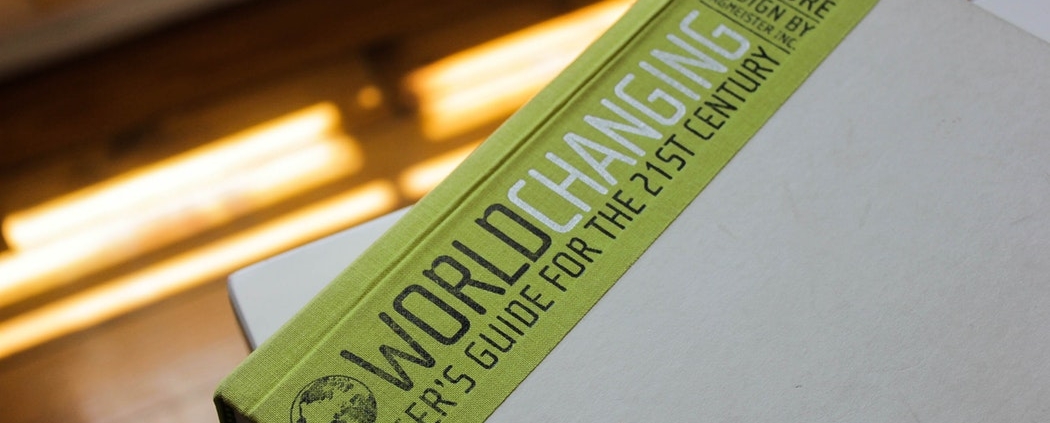Will your home be up to code?
By Yury Shupilov
Increased natural disasters of late- such as flooding and wildfires, have prompted a rewrite of Canada’s building code. The new regulations are poised to take effect in 2025.
As climate change intensifies, the risk of disruptive environmental changes will become a bigger risk unless concrete carbon-reducing policies are implemented nationwide. Without these changes, damages linked to natural disasters could cost Canada $300 billion over the next decade.
An official report released this month urges for new design infrastructure which would protect residents from extreme climate warming. These include regulations on how concrete is mixed, roofing standards, and building materials.
The new legislation will be the “first substantive” move towards more environmentally friendly building code.
What will change?
- New green design rules for buildings will become standard by 2025.
- Roofs will need to be certified for protection against extreme weather events.
- Concrete pavement will need to improve to mitigate flooding.
- New standards will be implemented for basement flood protection.
- New climate resilience for existing stormwater systems will be developed.
Provincial and territorial governments will determine whether specifics of the National Building Code are applied in their jurisdictions.
Measures against flooding
Natalia Moudrak, director of climate resilience at the University of Waterloo’s Intact Centre, writes in the report that flooding is the biggest challenge for homeowners in Canada.
When floods hit Toronto city in 2018, the average cost to affected homeowners was $43,000.
The construction industry could face changes in the code, such as mandating backflow preventers in new homes, and building developments outside of flood plains or attaching new shingles to the roof.




